Artificial Life Simulation
v1.0 - January 6, 2024
The simulation encompasses a range of features that contribute to its complexity. Males, identified by a green color, possess an increased base speed, adding variation to the movement dynamics. Females, represented in purple, have the ability to reproduce, introducing new life forms into the simulation. Cannibals, depicted in dark red, engage in predatory behavior, consuming other life forms. The tooltip feature provides a detailed overlay on each life form, offering information such as the name, age, genetic makeup, gender, and the presence of the cannibal trait. Random genetic variations introduce diversity, affecting movement speed and hunger decay rate. The simulation incorporates dynamic behaviors, including movement towards food sources, cannibalistic interactions, and the activation of the rage trait when a life form’s hunger is low. The rage trait temporarily increases the life form’s movement speed, adding an extra layer of intensity to their actions. The tooltip displays become visible when hovering over a life form, providing users with real-time information. Additionally, food spawns at different intervals, enhancing the unpredictability and challenge of the simulated ecosystem. This multifaceted simulation provides an engaging exploration of the intricacies of life forms and their interactions within a dynamically evolving environment.
